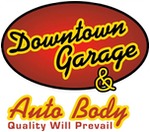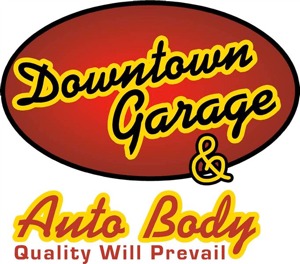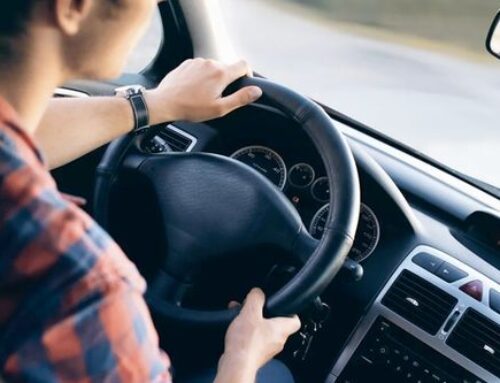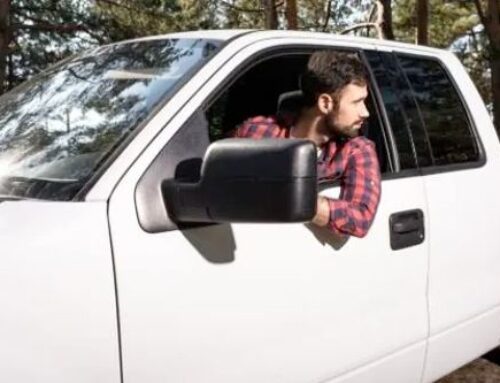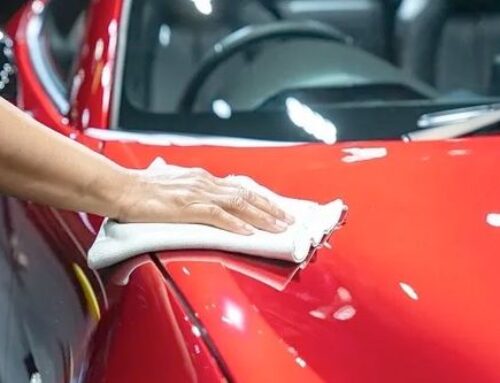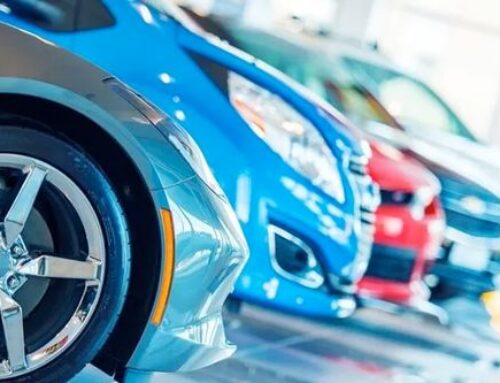Whether you were in a car accident with another vehicle, hit a stationary object, or had a tree fall on your vehicle, you need to take it to a collision repair shop. Even if you have had many vehicles repaired, the experience and process can be stressful and confusing. Here are a few things to know about the process of correcting damage done to an automobile.
Insurance
The first thing to keep in mind is that you may not have to pay the whole repair bill yourself. If you were not at fault for the damage, your insurance company, or the insurance company of the other driver, will pay for the repairs. If no other driver was involved, but it still was not your fault, you will probably have to pay the deductible for the policy, but the rest will be paid by your policy.
If you were at fault for the accident, you may still have to pay only the deductible if you have collision coverage. If you are still paying on the loan for the vehicle the lending institution probably mandates you keep this coverage. If the car is paid for in full, you may have elected to forgo collision insurance and will have to pay the repair bill yourself.
The good news is the collision repair shop is used to dealing with insurance companies. If you know your insurance is going to pay the bill the repair shop takes care of all the paperwork. You simply contact the shop, ask them to come pick up the vehicle (never drive a wrecked car) and give them all the insurance information.
Damage
You cannot always see the extent of the damage from just looking at the exterior of the vehicle. The car will often suffer damage to the frame or engine parts after an accident that is more than a simple fender bender. Some repair shops only take care of the cosmetic damage and some shops only handle the mechanical problems.
If your vehicle suffered mechanical or frame damage, make sure that is taken care of first. Once the auto is deemed to be safe and works mechanically, the repair show can clean it up to make it look good again.
Paint
There is some controversy as far as trying to fix a dent without the need to repaint it. Part of the reason for the controversy is due to trying to match the new paint with what is on the vehicle. Some older paint colors are no longer produced, making it difficult to get an exact match. You should also consider the issue of faded or sun-bleached paint.
Many repair shops suggest you have the whole car repainted even if only a small section of the vehicle was damaged. If an insurance company is responsible for the bill, they may not want to pay to have the whole thing painted. You have the right to demand the car be returned to its pre-accident condition. While the paint may have faded, the whole car was one color.
When the bill for the repairs is going to come to more than the vehicle is worth, the insurance company will declare the car to be totaled and offer to pay you the value of the car according to the make, model, year, and condition before the damage was done. You may elect to buy the car back from the insurance company for the amount they would have gotten from a salvage yard.
When you are in need of collision repair, contact Downtown Garage & Auto Body. We will provide you and the insurance company with an estimate detailing the work to be done so you know in advance what the actual damage is and what to expect as far as the repairs.
